Previous Restorations
Throughout time, the New Church has endured every possible adversity. Disasters, natural disasters, religious conflicts... Always the church was there. But: not without necessary maintenance and restorations.
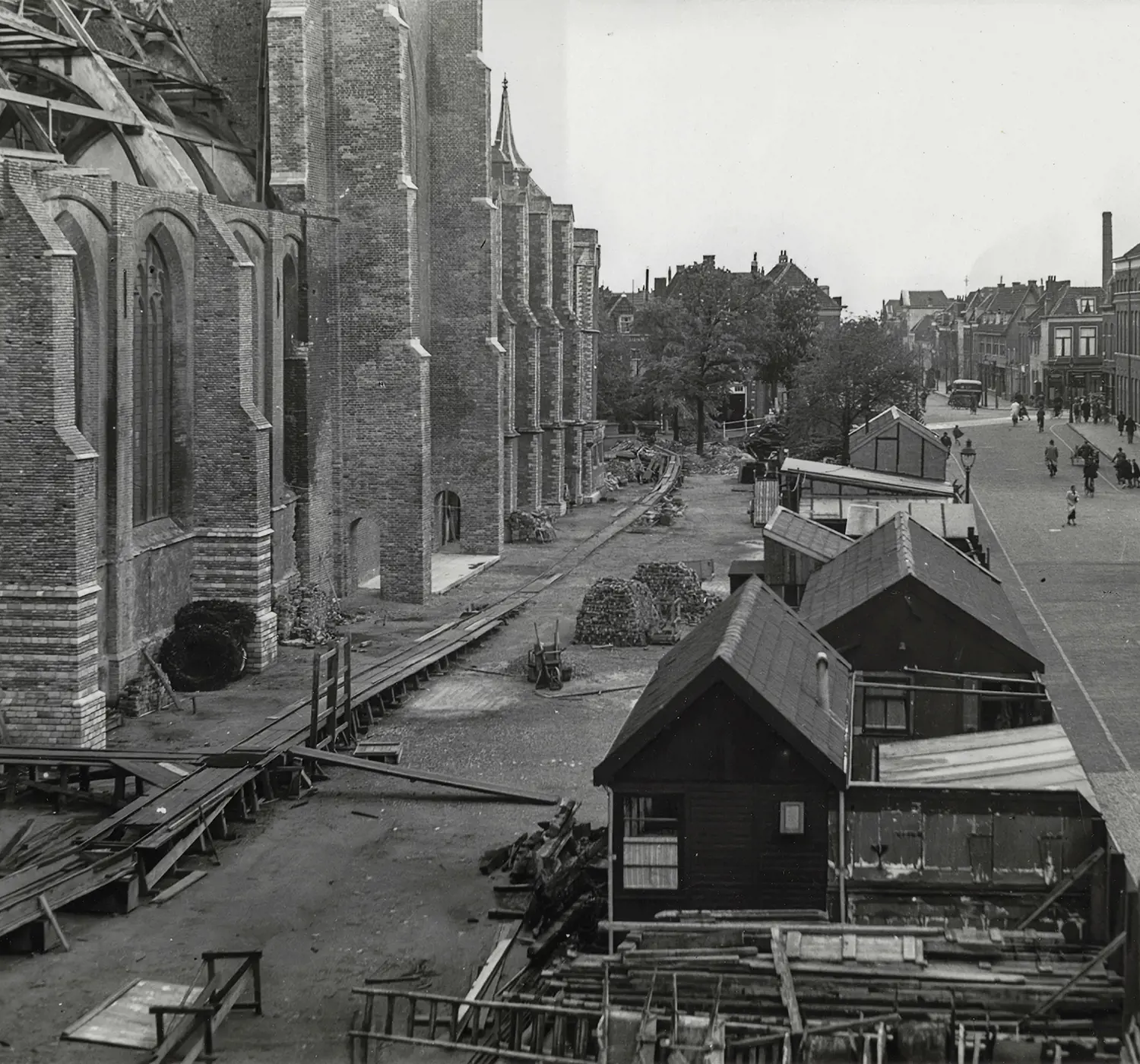

3 May 1536
Lightning strike
On 3 May 1536, a huge fire reduced half of Delft to ashes. It was probably caused by lightning strikes in the Nieuwe Kerk. The tower partially burned down. The organ, bells and stained-glass windows were lost, and one of the roofs collapsed. An initial renovation was required.
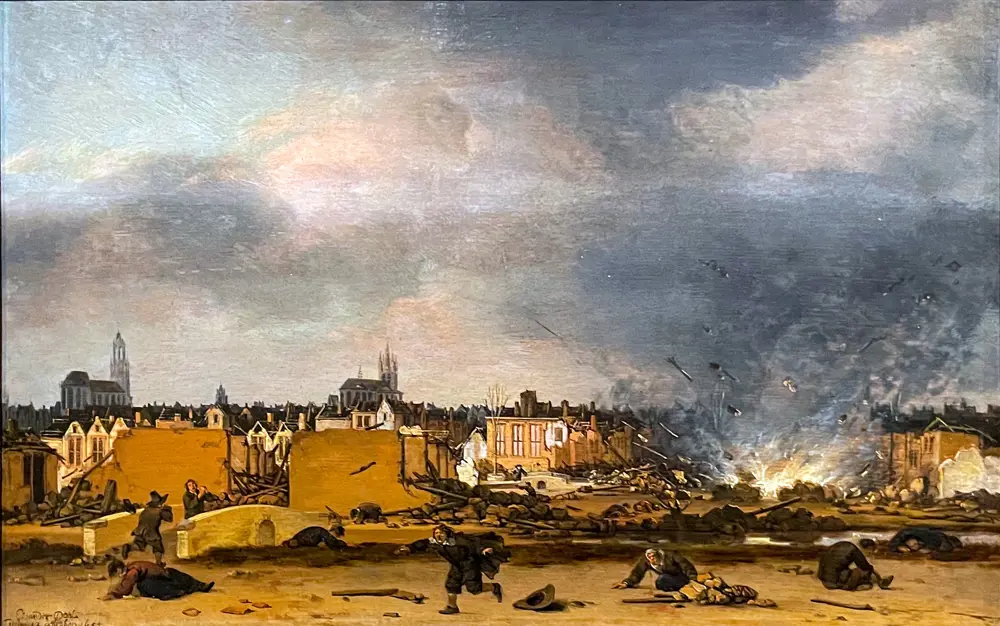
12 October 1654
Delft Thunder
The second renovation of the Nieuwe Kerk followed after the so-called Delft Thunderclap. On 12 October 1654, some 90,000 pounds of gunpowder exploded in the Delft powder store. The walls of the church were shaken; roofs and windows were not spared either. Fortunately, thanks to a collection by surrounding municipalities, reconstruction of the city could quickly begin.
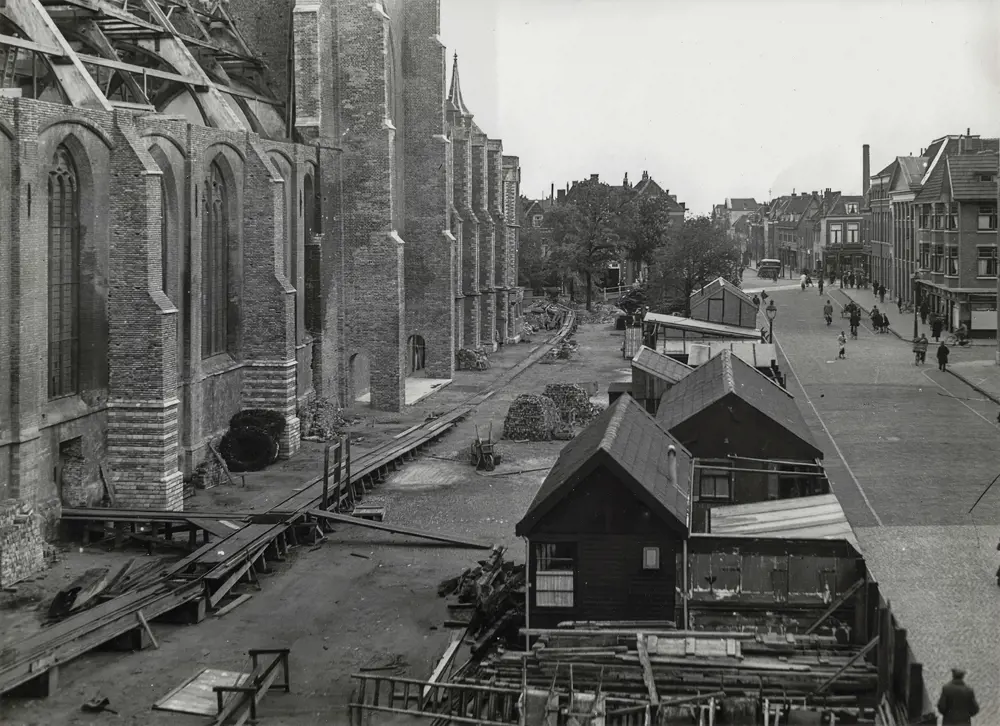
1930
Plaster
In the 1930s, the New Church last underwent some modifications. For example, the plaster was removed from the walls. This had a drastic effect on the appearance of the interior. Concrete bored piles were also placed under the church to prevent subsidence.
New plans
Meanwhile, there are plans to renovate the church again. The aim is to give the church back its authentic appearance while ensuring that the monument once again meets modern requirements for its versatile use.
Read more about the history of the New Church
Click below for more information.
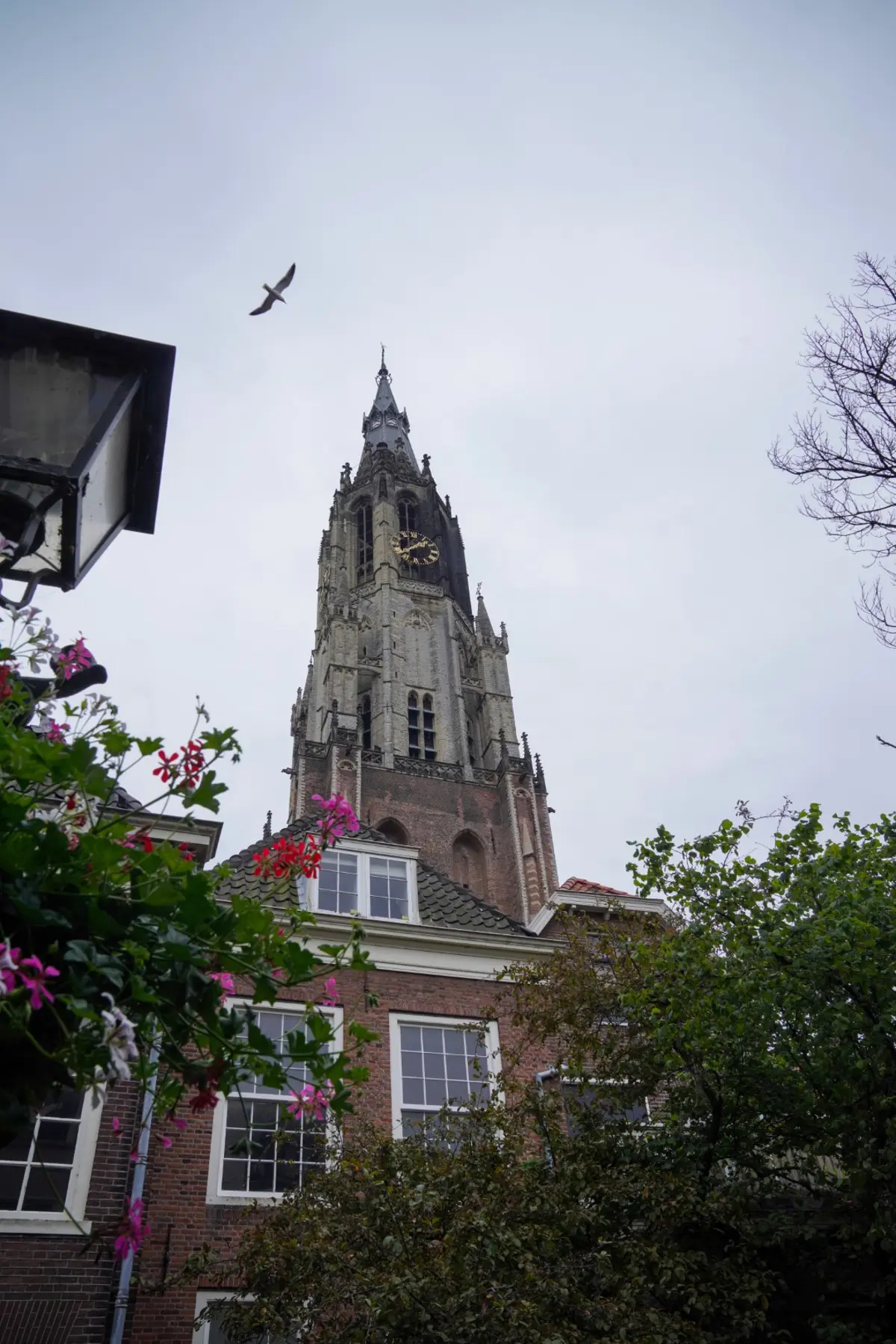
Origin of the New Church
The origins of the New Church trace back to a curious story from the year 1351. The eccentric beggar Symon was sitting in his usual spot in the Market Square, getting some food from one Jan Col. Then something very special happened.
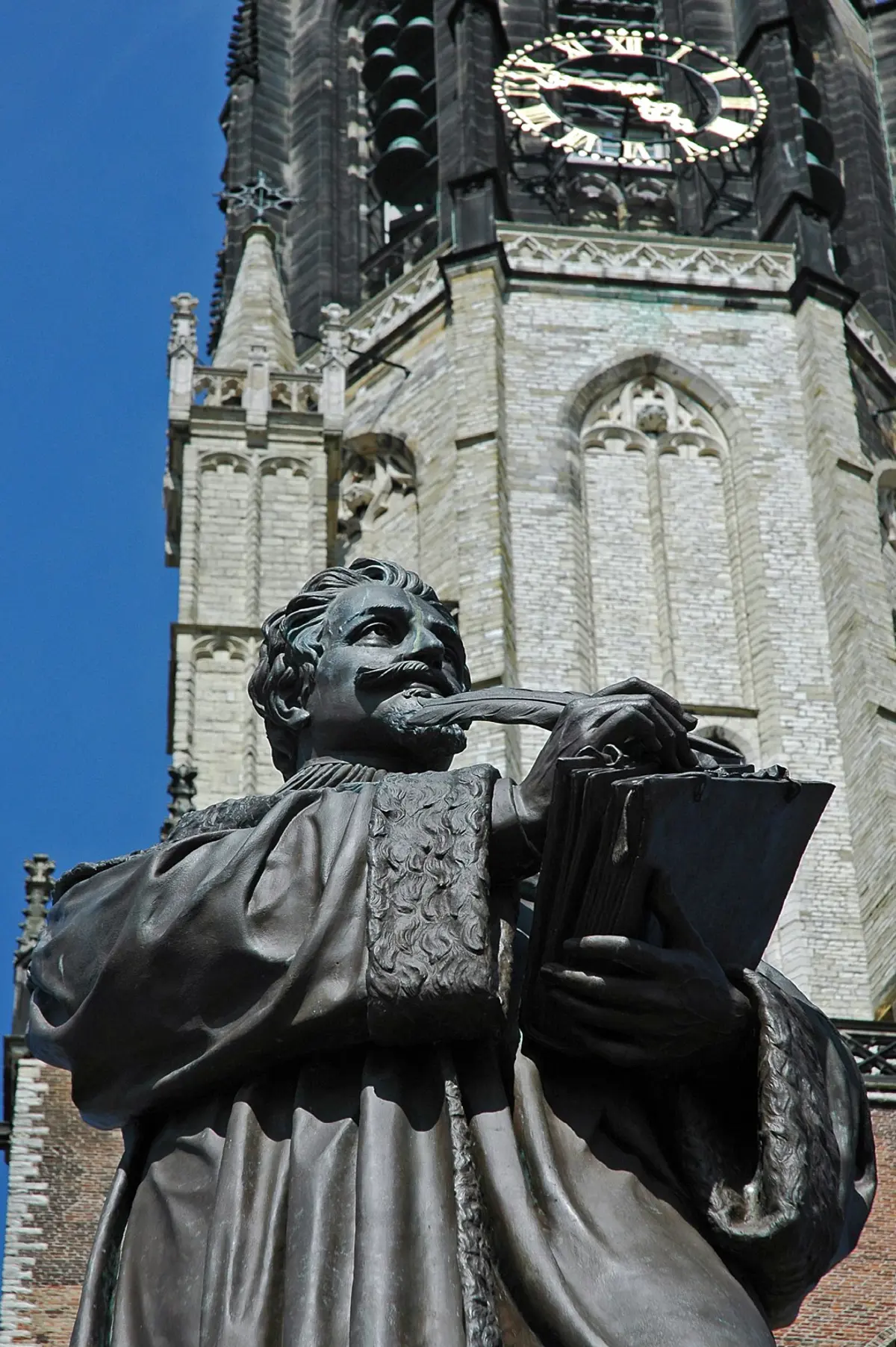
Construction of the New Church
After a special vision, the people of Delft started building the New Church in 1381. 'New' because another church already stood along Oude Delft: the Sint Hippolytuskerk, now called the Oude Kerk.
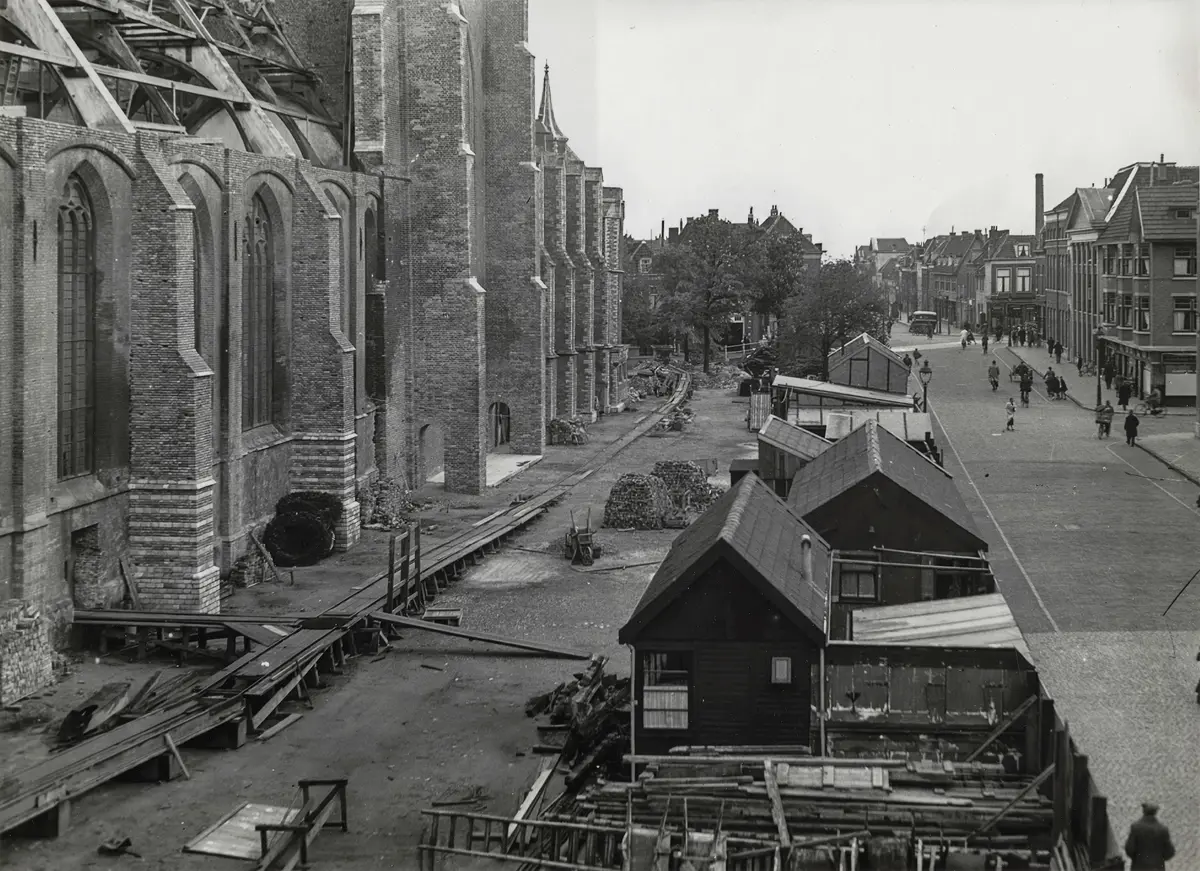
Previous restorations
Throughout time, the New Church has endured every possible adversity. Disasters, natural disasters, religious conflicts... Always the church was there. But: not without necessary maintenance and restorations.
